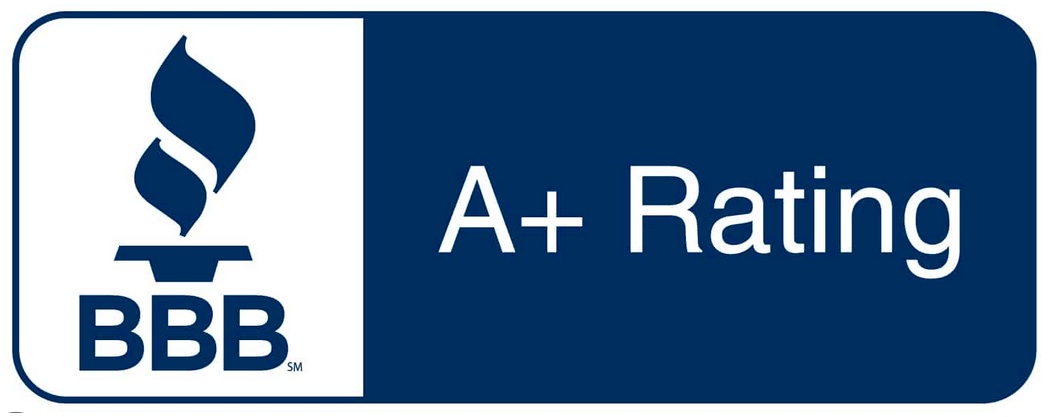Boost Your Website Speed with At no charge WP Rocket Extension
Important: Boost your website’s loading speed with the at no charge WP Rocket module. Learn how to optimize performance and enhance user experience now.
Boost Your Site Speed with Complimentary WP Rocket Extension
Consider implementing the WP Rocket alternative to significantly enhance loading times and enhance user engagement. This tool offers a variety of features, including caching, file minification, and image optimization, ensuring that pages load swiftly.
Pro tip: Activate caching to store static versions of your content, reducing server load and minimizing response times. File minification allows the compression of CSS, JavaScript, and HTML files, resulting in smaller sizes and quicker transfers. Images can also be optimized to decrease their weight without sacrificing quality, providing a better experience for visitors.
Regularly monitoring performance metrics through tools like Google PageSpeed Insights or GTmetrix can help you identify areas needing upgradement. Aim for loading times of under three seconds to retain visitors and lower bounce rates. These strategies not only elevate performance but also contribute to better search engine rankings.
How to Properly Install the Complimentary WP Rocket Module
Pro tip: If required, consult the documentation provided on the official website for advanced configurations or troubleshooting guidelines.
Note: Upon activation, navigate to the settings of the extension, usually found in the left sidebar. Here you can adjust various options based on your preferences.

Visualize the data in graphs to spot trends over time. Look for patterns in faster loading periods and identify potential issues if boostments plateau. Set specific performance goals and assess progress against these objectives.
Keep in mind: Enable browser caching to boost load speeds for returning visitors. Adjust the expiration time to at least one week to maintain efficient performance while still providing freshness.

Regularly clear the cache after making changes to the content or design. This practice prevents visitors from seeing outdated information and maintains an optimal user experience.
Recommendation: Once located, click on “Install Now.” After installation, the button will change to “Activate.” Click it to enable the extension.
Configuring Cache Settings for Optimal Performance
Pro tip: Utilize tools like Google PageSpeed Insights and GTmetrix to track performance enhancements after implementing optimizations. Regularly check load times before and after adjustments to gather data. Focus on key metrics such as Time to First Byte (TTFB) and fully loaded time.
Note: Don’t forget to clear the cache after making changes to ensure they are applied. Monitor the performance effects after each adjustment.
Recommendation: Establish a baseline for your site’s performance metrics before any changes. This provides a point of reference for measuring impact. Run multiple tests at different times to account for fluctuations in server response and network conditions.
Go to the WP dashboard and select “Modules” from the menu. Click on “Add New.” Search for the name of the extension in the search bar.
Optimize the cache for specific query strings or parameters if your site utilizes them. This allows caching mechanisms to serve the correct content without unnecessary processing delays.
Pro tip: For those interested in optimizing their setup, consider fetching the wp rocket download free for enhanced functionality. Constant monitoring ensures that your site remains responsive and user-friendly.
Monitoring and Analyzing Speed Boostments
Pro tip: Utilize the option for preloading caches. This ensures pages are generated in advance, making them readily available for users, which decreases response time significantly.
Set the cache lifespan to a minimum of 24 hours for HTML files. This reduces server load while ensuring users receive updated content after the cache expires.
Note: Enable caching in the settings menu. Go to “Cache” and select options for mobile caching and user cache to enhance loading times for different device types.
Incorporate feedback from users to refine further enhancements. Have them report their experiences with load times, which can offer insights that analytics alone may not reveal. This qualitative data can complement quantitative metrics.


